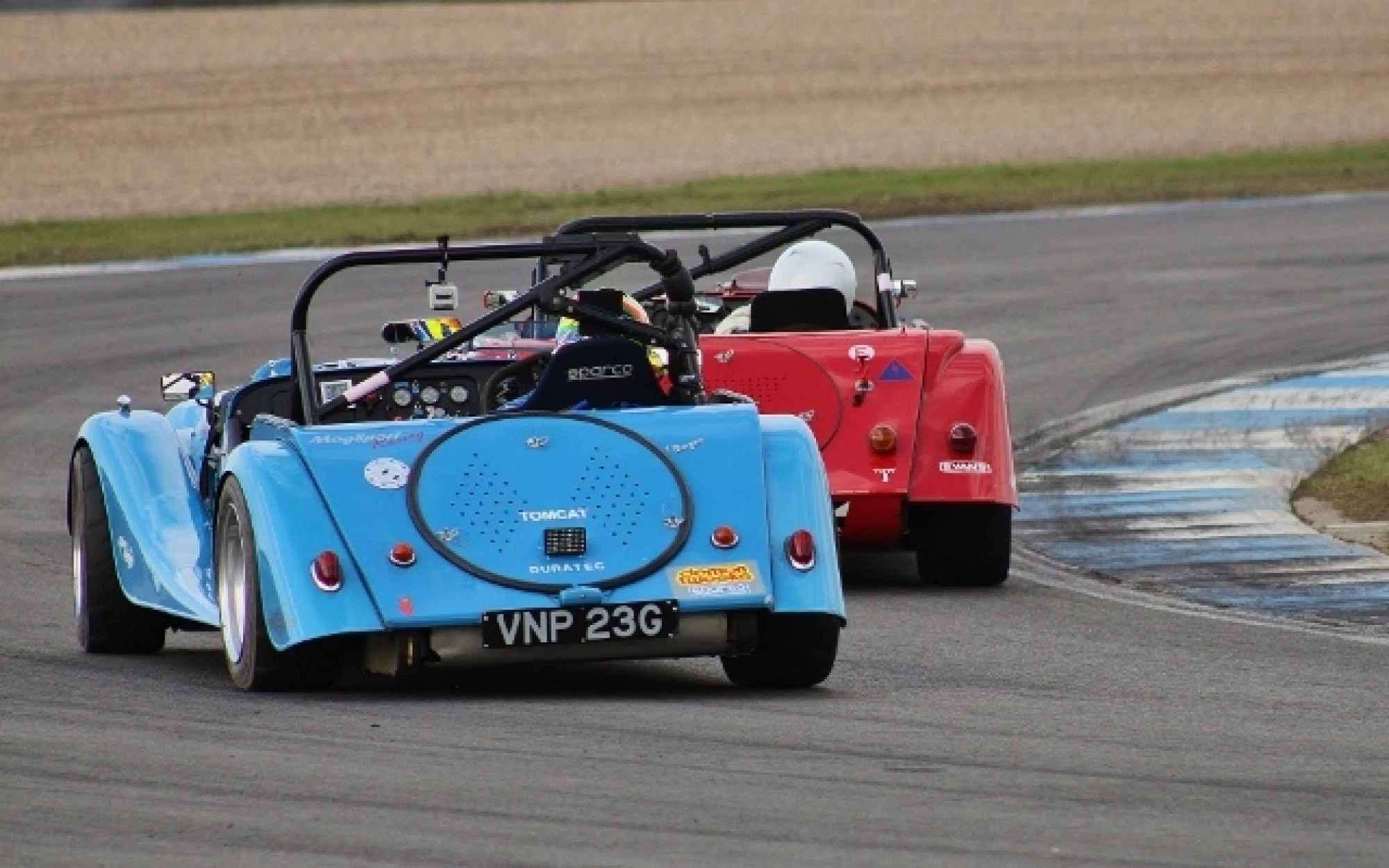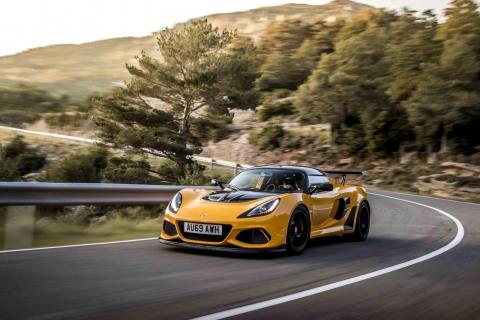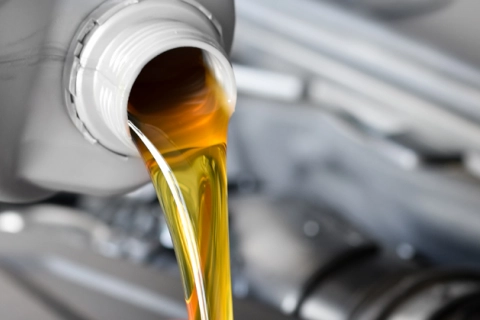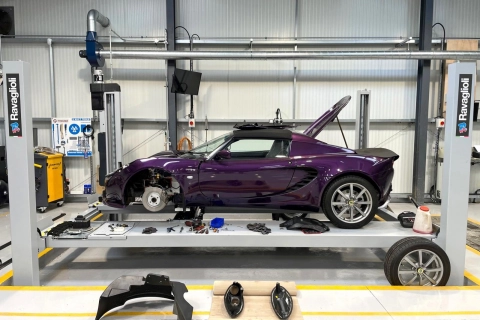Beginner's Guide to Track Days

If this is your first time on a track, it's a good idea to visit to a track near you, cutting down on road driving. This is because track day driving can be quite tiring, so it helps not to have a long drive home afterwards. If you have a particularly noisy car, you need to be careful to ensure you won’t exceed the set noise limit for the event as each track will have its own limits set by the local council and will be strictly enforced.
There are two types of track day: ‘sessions’ or ‘open pit lane’. Sessions mean you are given certain times when you can go on track – typically for either twenty or thirty minutes – and drivers of a similar speed and experience are grouped together in novice, intermediate and advanced sessions. This type of day is favoured by beginners, as it ensures you won’t be out alongside the experts. Open pit lane days means just that: you can go out on track whenever you feel like it (as long as the maximum number of cars on track has not been exceeded) and for as long as you like, but you could be on track with anyone. So some experience is recommended.
Before you book a day, check whether the event has specially qualified racing school instructors on hand. It's recommended that on your first day you hire one of them for an instruction session. You will learn far more, in safe conditions, than you will by just driving around all day on your own.
As long as your car is in good condition, there should be no major problems using it on track. However, make sure it's fully serviced and its brakes and tyres are in especially good condition.
Tyre pressures should be set at the manufacturer's recommended levels, though you will hear lots of discussion among drivers as to which is the best level for maximum grip. They will probably need checking and adjusting during the day because as the tyres get hot, pressures will increase. However, be warned: running the pressures too low can damage the sidewalls as they flex during sustained cornering. Likewise, running too high will increase wear and possibly alter grip levels. Be aware that if you are driving home afterwards, your tyres must meet the road regulations.
Inside the car there should be nothing loose that can fly around. Always do a cool-down lap before coming into the pits to allow the brakes to cool in the airflow. When you are stopped, don't apply the hand brake, as pads can weld themselves to the discs when hot. Turn the engine off and set the car in gear. If you feel the brake pedal go ‘long’ when on track, don’t panic or come straight in: do a cool-down lap and you should find that once the brakes have cooled a little the firmness underfoot will return.
What about insurance? Some road policies cover track days automatically, but most don’t, though you can often add this for the day by calling your insurers and paying a small premium. If this isn’t possible, there are companies who offer specific track day cover and should you need to claim on them it should not affect your regular no claims discount.
Sleep well the night before! Obvious it may be, but it's a good idea to lay off the drink to ensure you arrive fresh. During the day you should keep yourself well hydrated - no alcohol, of course.
Most tracks insist your arms and legs are covered inside the car (no shorts and T-shirts) and if you have some race overalls and boots it makes sense to wear them. If not, then a pair of thin-soled trainers should ensure you have good pedal feel. Most track day companies will allow you to hire a helmet (check and book in advance), but if you are going to do it regularly, it’s wise to invest in one. Motorbike helmets are allowed on track days, but in reality it's best to get one that complies with motorsport standards, either open-face or full-face.
Ready to go. OK; you will receive your ‘final instructions’ which will cover all the rules and regulations. Arrive early so that you have plenty of time to find a pit garage (if the circuit has them), and get organized without rushing around worrying about everything. At sign-on you will be required to sign an indemnity form and are given a wristband and number sticker to put on the car; you will also be told where and when the mandatory briefing will take place.
Everyone, regardless of experience, must attend the briefing (you are often issued with a second wristband to prove you’ve been there) as the track day organizer will run through the format and timing of the day, along with the rules and flag signals.
The most important rule of all concerns overtaking. Almost always, this is allowed only on the left-hand side and only on the straights and never in the braking zones. If there are other rules at the track you will be told. Overtaking requires co-operation from both parties, as the car in front has to move over to the right (and sometimes lift off a little) so that the following car can pass. This is what differentiates a track day from a testing session and creates a safe environment where everyone can have fun. No one will dive down the inside of you under braking and once you reach the corner you can concentrate fully on it, in the knowledge that anyone behind you will have to wait until you reach the next straight before you let them past.
There are marshals all around the circuit, so anyone transgressing the over-taking rule (or other safety related rules) will immediately be spotted and the drivers hauled in to explain themselves. These marshals will have flags for signalling:
- Yellow - Danger ahead. Slow to half speed; no overtaking is allowed until you have passed the incident. This may be followed by a green flag to indicate all is now clear.
- Red - Danger ahead. Slow to half speed: no overtaking is allowed, but this time it refers to the whole circuit. You must also return to the pit lane immediately.
- Black - Return to the pit lane immediately and report to the organisers.
- Yellow and red stripes – Slippery surface. Take great care: there may be oil or other fluid on the track.
- Blue - The overtaking flag. There is a faster car behind you wishing to overtake: move over on the next straight.
- Chequered - End of session. Drive slowly round to the pits, giving the car a chance to cool.
That's not too difficult, is it? Go on - have a go! But be warned, track driving is very addictive. Once you’ve tried it, it’s hard not to want more.
If you would like any more advice, or would like your car checked over prior to a track day, then please contact us and we'll provide all the help we can.





